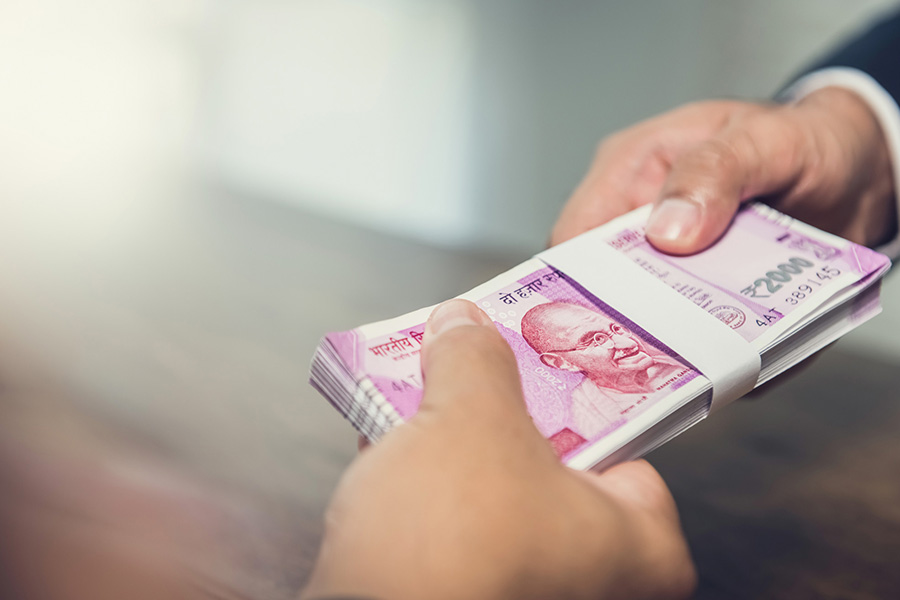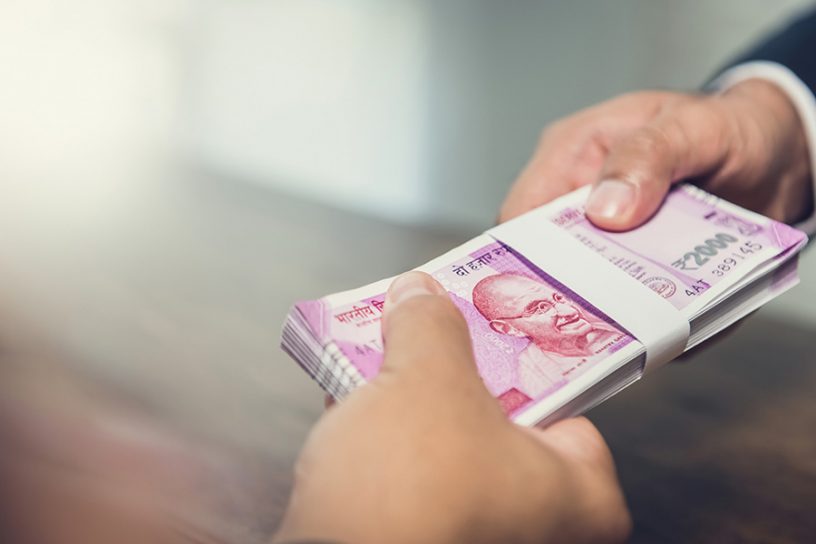
How the domestic macroeconomic forces in the near future shape the global demand for Indian Rupee will subsequently address the gap between existing ‘Hope’ vs. ‘Reality’ and make it more bridgeable.
Author
Deepanshu Mohan, Associate Professor of Economics and Director, Centre for New Economics Studies (CNES), Jindal School of Liberal Arts and Humanities, O.P. Jindal Global University, Sonipat, Haryana, India.
Summary
A further deepening of the Russia-China strategic relationship provides opportunities for a more multi-aligned India in an era heightened by rising geopolitical uncertainties and geoeconomic insecurities.
On the trade front, I argued earlier how India can utilize this as an opportunity if it puts increasing focus on its economic strengths and pivot its pro-market reform agenda towards driving more service-based exports (in addition to boosting low-end manufacturing expansion), gaining a more prominent position in the global economic order. A lot happening around the world is aiding India in doing this.
Can Indian Rupee Do More to Substitute US Dollar?
India has been making attempts to internationalize its currency for a long time.
According to records, India’s Reserve Bank of India (RBI) had given permission to “domestic and foreign AD (Authorised Dealer) banks in 60 cases for opening SRVAs of banks from 18 nations” for the purpose of settling payments in Indian rupees, according to Bhagwat Karad, India’s Minister of State for Finance.
Russia has been particularly vocal in promoting local currency transactions as part of the larger “de-dollarisation” movement. But there are serious challenges in making this possible.
In the past, during the Cold War, India and the Soviet Union did enter into similar local currency pacts for short-term trade arrangements, when Western sanctions impacted the Soviet Union and inhibited its ability to deal in foreign currencies.
Published in: The Quint
To read the full article, please click here.


